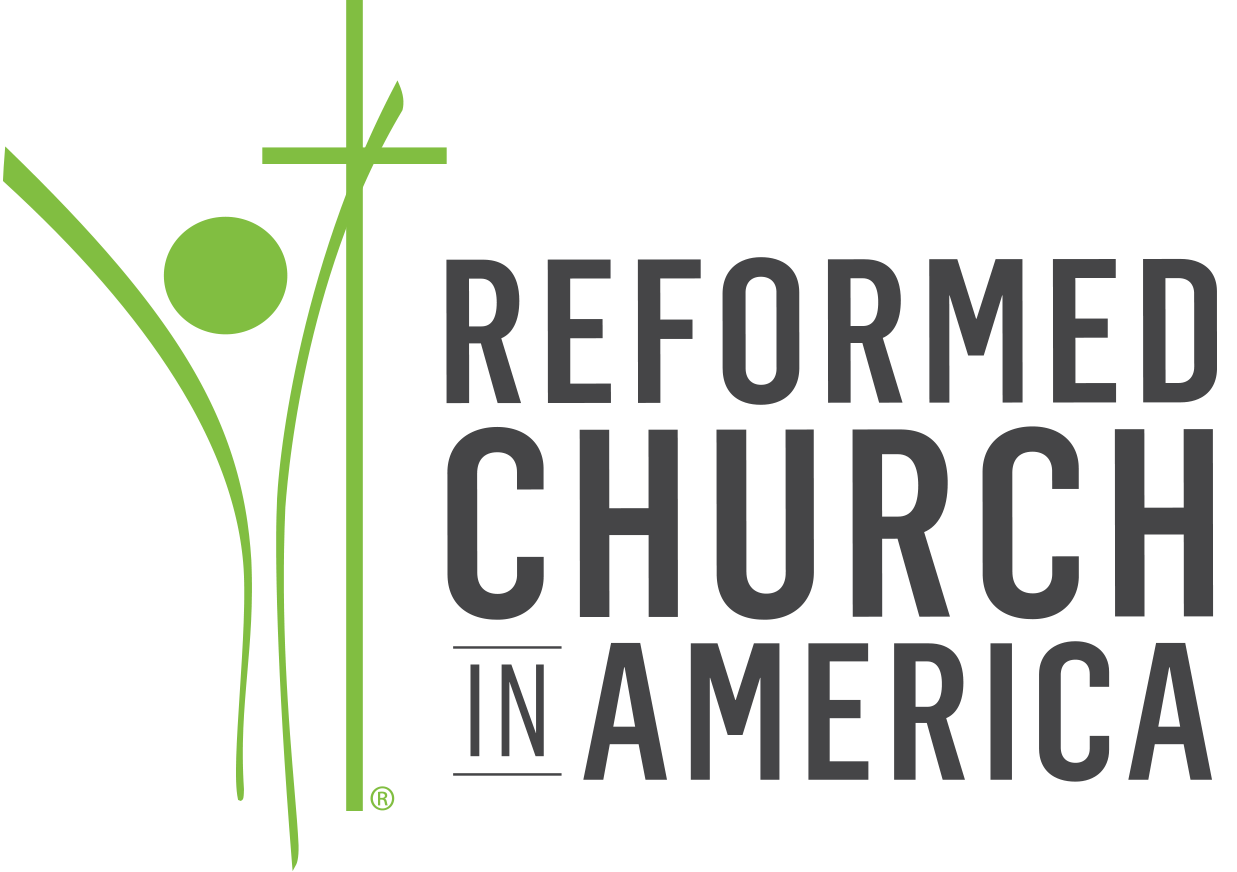How many of you in your 30s or 40s are thinking about your charitable giving plans in 2051? Is that just me? Wait, that’s not normal?
It’s true that today certainly has enough worry of its own. Work, parenting, and a global pandemic have made it hard to look much beyond the next task in front of us. But let’s take a deep breath, think about the big picture for a moment, and talk about the future.
I don’t believe I’ve yet met a minister who doesn’t have a desire to be generous. Generosity is a core component of faith formation, and we certainly see that in our clergy. The unfortunate reality is that, in retirement, ministers often find themselves without enough savings for everyday expenses. Beyond living expenses, being financially generous in retirement seems even more out of reach. However, when we consider the power of saving and investing little amounts over time, you’d be surprised at what you might accomplish.
So, for those of us with time on our side, let’s look to the future for a moment. How do you want to be generous in retirement? As my wife and I think about those years, we talk about having some money to give our kids (but not enough to mess them up). We talk about wanting to give to our local church in such a way that allows them to budget well and live into their mission. We’ve started to wonder about what it would be like to set up a scholarship fund for a few seminary students. Honestly, it’s incredibly fun to let your imagination of generosity run wild. What stirs you up and gets you excited?
There is no one right way to be generous in retirement, but there are some tools to maximize the potential to do so. The good news is that each of our RCA 403(b) participants has access to at least one very powerful tool.
Building Your Savings
The RCA 403(b) plan is a retirement plan that many of our sister denominations are envious of. We have a good base provision for what each church contributes to their minister’s retirement account. In addition to that, there is a good assortment of funds to choose from, along with sound target-date funds for the hands-off investor.
Beyond employer contributions (what the church contributes to the account), ministers and lay participants can contribute additional money out of their paycheck into the plan. The primary benefit? These are tax-deferred contributions. When you contribute this way, money shifts from your paycheck to your retirement account. This brings down your taxable income, meaning all of those contributions aren’t hit with federal and state income taxes.
Lora Buursma, a certified public accountant from LVS Certified Public Accountants and Associates, reminds us, “the 403b contributions reduce your wage income for income tax purposes … but do not reduce your Social Security wage income or Medicare wage income for self employment or FICA tax purposes.”
Here’s a practical way of looking at it. I’m an RCA minister in Michigan. If I contributed $100 into my 403(b) plan, I’d avoid paying 16.25 percent taxes on those dollars. I’d only see $83.75 less in my paycheck because I won’t need to pay income taxes on those contributions. Now, those of you who are savvy might be quick to note that the IRS will take taxes out when you withdraw that money in the future. But this is where our discussion about generosity makes this advantageous.
Qualified Charitable Distributions
Upon reaching age 59 ½, you may rollover up to 100% of your employee contributions into an IRA at any time. An IRA is a retirement account that allows you to make Qualified Charitable Distributions (QCDs) from your account. “A qualified charitable distribution is an otherwise taxable distribution from an IRA owned by an individual who is age 70½ or over that is paid directly from the IRA to a qualified charity” as defined by the IRS. Essentially, if you designate that some or all of the money withdrawn will go toward your favorite church or charity, that charitable contribution is tax-free. So, that $100 you contributed 30 years ago (income tax-free) grew at an annual rate of 7 percent, and now you have $761 to generously give without it counting as taxable income.
If I decided to kick in $100 of pre-tax dollars each month for 30 years at a 7 percent growth rate, I’d have over $122,000 of available funds in 2051. Any of those dollars that go to charity can be tax-free too. Pretty great, right? To put that in perspective, if I put the equivalent amount of money in my savings account and factored in taxes, I would have $30,150 available in 2051.
If you’re already retired and want to learn how to make QCDs to your favorite charities, contact your tax professional to learn more, or visit this FAQ page on the IRS website.
Good Planning as Generosity
I hope you see that good stewardship today isn’t being miserly or selfish. Of course, we need to be generous today, but by being thoughtful stewards of our resources, we can live into our big, world-changing, generous dreams of tomorrow.
If you’re an RCA 403(b) participant, electing to make contributions into your retirement account is really easy. Click here to sign into your NetBenefits account and make a contribution election.
